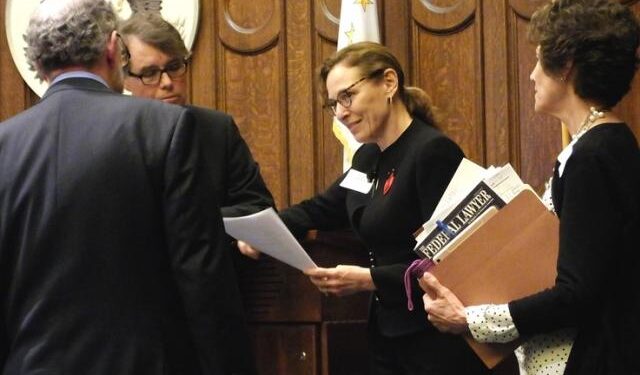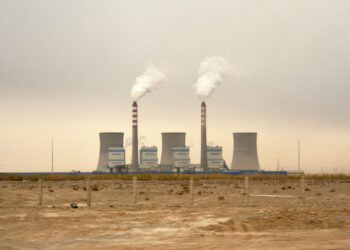When Asghar Leghari sued the Pakistani government for failing to adequately protect people from the impacts of climate change, something surprising happened: he won.
Leghari said recently by email that he’d just wanted to “get the ball rolling in a country that was not doing much.” But the unlikely success of his 2015 case has since turned it into a touchstone for a growing global movement.
The recent COP26 climate summit made it painfully clear that averting catastrophe will require finding new means to hasten progress. In response, an increasing number of people are turning to litigation.
About 1,800 cases were filed around the world, raising issues regarding climate change science, mitigation, adaptation, or policies between 1986 and this past May, according to data compiled by the Grantham Research Institute on Climate Change and the Environment. More than 1,000 were filed since 2015 alone.
A separate tally by the UN Environment Programme showed the number of global climate change cases increasing by 75% between 2017 and last year – when they were filed in 38 different countries.
The majority of cases have been in the US, though Australia and Europe are also seeing significant numbers. An expanding portion of them are systemic, and go well beyond a particular complainant’s grievance to fundamentally challenge government inertia.
Climate litigation and basic human rights
The “Nationally Determined Contributions” that underpin the Paris Agreement on climate change are just that – a country can decide how aggressively it wants to deal with the issue. Now, though, a country may be sued if its contributions are deemed milquetoast.
The occasional success breeds additional suits. “Once it is shown that something can be done, then everybody starts to believe that if it can be done once it can be done twice,” an attorney who worked on a winning effort to sue the Dutch government and compel it to strengthen its emissions-reduction commitments said during the COP26 summit.
Earlier this year, complainants won a court decision in Germany requiring the federal government there to also strengthen plans for cutting emissions. They argued that their rights to life and human dignity, as well as those of future generations, were being violated by passivity.
According to the data compiled by the Grantham Research Institute, 112 human rights-based climate cases had been filed around the world by this past May, and 25 resulted in positive judgements.
Putting the government ‘on trial for misconduct’
Last month, a court in France ordered the government to repair the damage caused by its inaction on cutting emissions, after 2.3 million people added their names to a petition filed as part of what’s been dubbed the “case of the century.”
In Australia, a law student sued the government last year to put it “on trial for misconduct,” for failing to properly disclose climate-related risks to buyers of the country’s sovereign debt.
Companies have also been the targets of climate litigation. According to the Grantham Research Institute data at least 33 cases were ongoing as of May against “Carbon Majors,” or the companies responsible for the bulk of carbon dioxide emissions.
Many of these cases seek to establish corporate liability for contributions to climate change. Others zero in on greenwashing – the discrepancy between a company’s public statements about addressing climate change and what it’s really doing.
Of course, lawsuits have also been filed to hinder climate action. One case filed by West Virginia and other states in the US, for example, challenged a national effort to turn power plants away from coal and towards cleaner energy sources. It’s now headed to the Supreme Court.
Ultimately, as Asghar Leghari noted, litigation aimed at spurring climate progress isn’t a “panacea.”
“It is unlikely it can act as a substitute for sustained policy actions,” he said.












